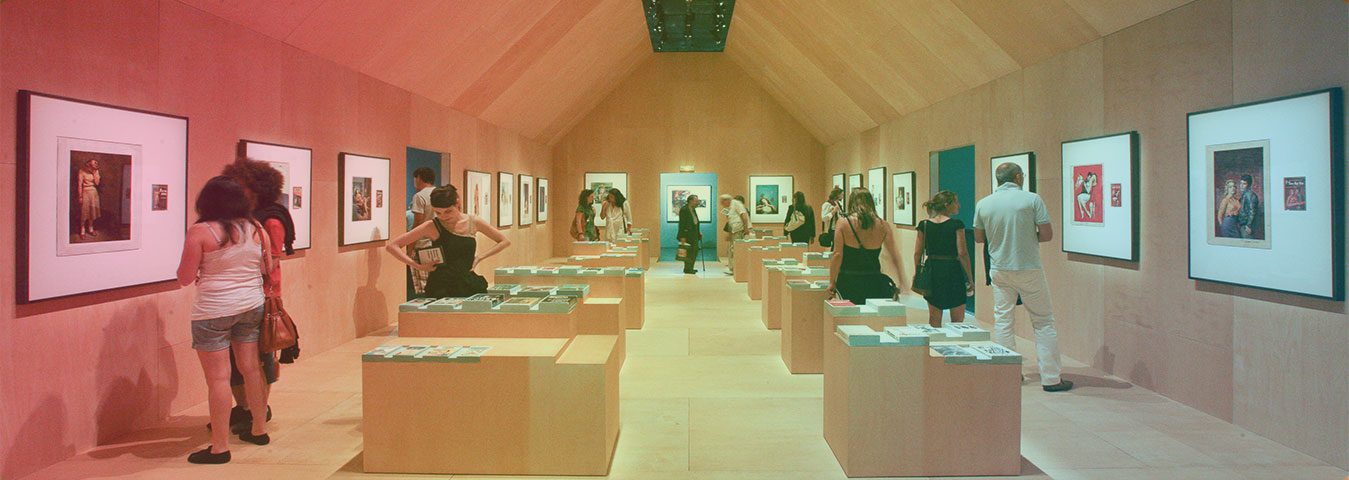“Art doesn’t solve problems, but it makes us aware of their existence,” says sculptor Magdalena Abakanowicz. Art education, on the other hand, solves problems. Years of research show that it is closely related to almost everything the nation thinks we want for our children and the demand for our school: academic achievement, social and emotional development, community participation, and equal opportunities.
Participation in art is related to the achievement of mathematics, reading, cognitive abilities, critical thinking, and verbal skills. Learning art can also improve motivation, concentration, self-confidence, and teamwork. A 2005 report by Rand Corporation on Fine Arts says that the inherent pleasures and encouragement of artistic experiences do more than make individual lives more enjoyable – the report says they can ” connect people deeper into the world and open them up to new ways. to see, ”lays the foundation for creating social bonds and cohesion in society. And strong artistic programming in schools is helping to bridge the gap that has left many children: from Mozart to babies to tutors for toddlers to family trips to the museum, from children to wealthy parents and children. Grasses usually occur in art or are not provided by public schools. Low-income children often do not. “Art education gives children in financial difficulty a more level playing field for children who have had these enriching experiences,” said Eric Cooper, president and founder of the National Urban Alliance for Effective Education.
It has become an educational mantra that no child who has not been pressured to increase test scores has reduced the time for the arts (and science, social sciences, and all that reading and math). The evidence supports this claim – we get the statistics in an instant – but the reality is more complex. Art education has declined for more than three decades, due to a tight budget, an ever-growing list of government assignments that have filled the curriculum, and public perceptions that art is beautiful but not essential.
This erosion destroyed constituencies that have been able to defend art in the NCLB days – children who didn’t have music and art classes in the 1970s and 1980s may not understand their value now. “We have a whole generation of teachers and parents who haven’t benefited from the arts in their own education,” said Sandra Ruppert, director of the National Coalition for Arts, Business and Education’s Partnership for the Arts Education (PEA). , charities and public organizations.
The link between art education and academic success
Nevertheless, a new image emerges in this context. Extensive and innovative art initiatives are taking root in more and more school districts. Many of these models are based on new findings in the study of brain and cognitive development, and have different approaches: Using art as a learning tool (e.g., sheet music for learning verses); integrating art into other basic lessons (for example, writing and presenting a work related to slavery); create a school environment rich in art and culture (in the Mozart Hall every day) and practical art teaching. While most of these initiatives are still in their infancy, some have begun to produce impressive results. This trend can send a message to schools that are manic and perhaps harmful in reading and math.
“If they’re worried about their test scores and want a way to increase them, they need to give kids more art, not less,” said Tom Horne, Arizona’s head of public education. “There’s a lot of evidence that children immersed in art do better in their experiments.
The value of the arts is almost universally recognized in education policy.
According to Basin’s 2007-2008 state PEA policy data, 47 states have assignments for arts education, 48 have arts education standards, and 40 have reading requirements.
The value of the arts is almost universally recognized in education policy.
According to Basin’s 2007-2008 state PEA policy data, 47 states have assignments for arts education, 48 states have arts education standards, and 40 have reading requirements. The 1994 Goals 2000 Educate America Act, which set out the Clinton and Bush governments ’school reform program, stated that art is part of what all schools must teach. public education academic subjects, the appointment of a qualified arts program for a selection of federal scholarships
In a 2003 report, ” A Complete Curriculum: Securing the Place of Art and Foreign Languages in American Schools, ” a research team from the National State Board of Education found that a major research unit has demonstrated benefits in art curricula and requires more art and foreign languages.
